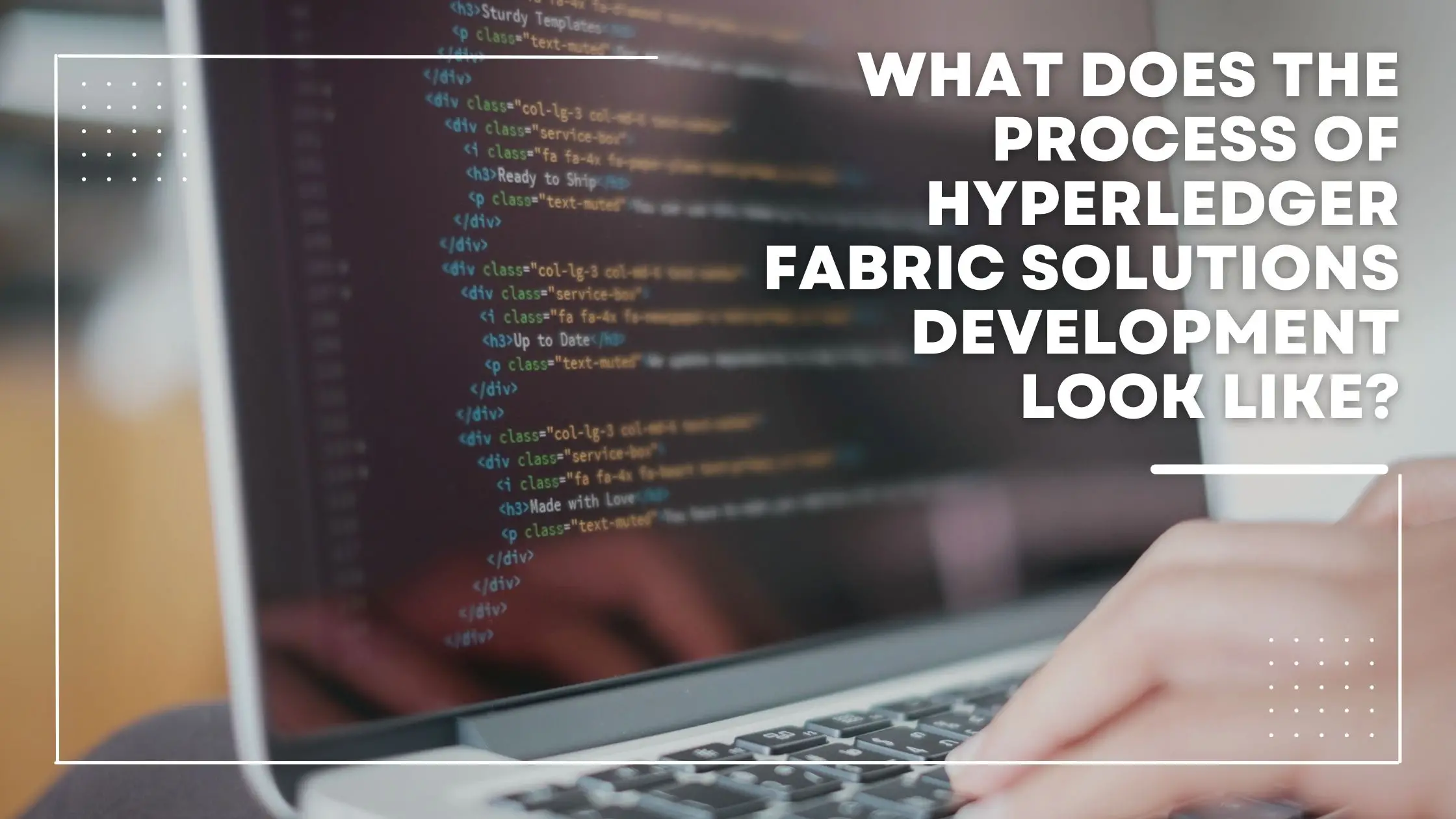
Blockchain is on the way to blooming. A lot of businesses are trying to transform their businesses using blockchain technology. Known as an innovative, responsive and effective blockchain platform, hyperledger fabric solutions can give the business a lot of advantages to strengthen the operation, especially in finance, banking, supply chain or manufacturing. Our article today will show you the process of hyperledger fabric solution development.
The very first step of the process is to investigate the business characteristics requirements, and expectations when applying hyperledger fabric solutions. Moreover, the developers need to go deeper into the business operation to identify the problem that the business is facing. Therefore, from that information, the developer will consult the most suitable Approach for the president to select the solution or find a way to develop the most suitable one. Also, they need to identify how hyperledger fabric solutions will benefit the business, which those solutions can do for the business as well as whether it is compatible with your current system.
We are familiar with smart contracts in blockchain development but in this platform, we use “chaincode” to call the smart contract. In this step, the developers need to come up with asset definition, business contract and decentralized application on this platform. A chaincode is a piece of code that wraps business transaction data and processes it in a Docker container by programming languages Golang, Node.js, and Java. Normally there are five steps in the chaincode development process as below:
At this step, you will deploy with the fabric peer node, chain codes, and certificate authority on blockchain as a service platform such as Microsoft Blockchain Services or Oracle Cloud. You need to pay attention to the blockchain as a service platform because each platform will have different characteristics which are suitable for different kinds of business. Instead of focusing on managing infrastructure, we need to concentrate and invest more in innovation.
In the final stage, we also use Hyperledger fabric peer nodes, chaincodes, and certificate authorities or Angular user interfaces to conduct the deployment of Hyperledger Fabrics’s ecosystem. In this stage, we try to put a lot of effort into infrastructure management, which we ignored in the third step. After this step, the process of hyperledger fabric solutions development is considered finished. However, if your solutions have some additional requirements, the process may need some more steps.
We have given you the basic picture of the hyperledger fabric solution development process, which can be fundamental for you to plan for your solution building project. Moreover, if you still have some concerns, you can try to contact SmartOSC to get more useful guidelines.
Increased acceptance and knowledge sharing have aided the spontaneous growth of cryptocurrency over the last…
Blockchain can be intimidating to research, but attending cryptocurrency events is one of the best…
Blockchain has made inroads into all major industries and is also becoming a part of…
In recent years, blockchain lending solutions have grown in popularity as a way to earn…
The scalability trilemma is still one of the blockchain's most pressing issues. Here are some…
Many people are looking for ways to get involved in the crypto world as the…